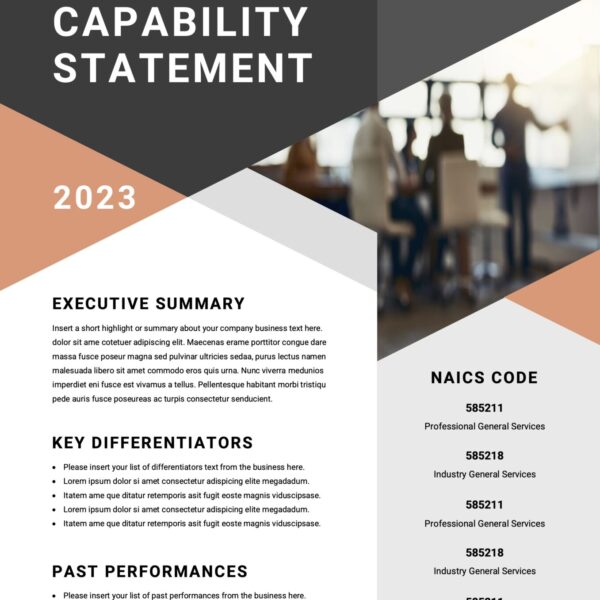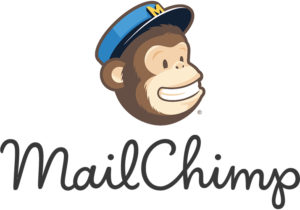
All Posts, Email Tips, Security
We all get those solicitation emails for business funding and loan opportunities. This one in particular I had seen a few times and this time I decided to research it because “SETC” sounded familiar. SETC stands for Self-Employed Tax Credit and the email...
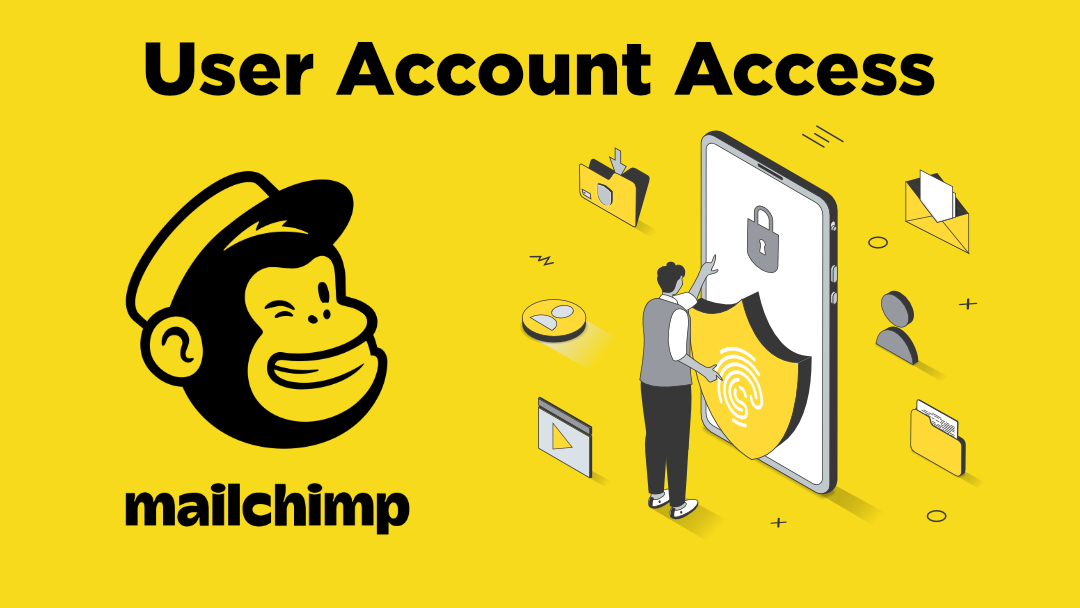
All Posts, Email Tips, How to
There’s another option for giving access to your MailChimp account without needing to provide your account username and password. In our agency we prefer the following approach because we’re able to gain access to our client accounts at different levels,...

All Posts, Domains, Email Tips
Let’s face it, we all live in a digital world. Some more than others, but still we all are faced with having to learn or navigate this online space for daily needs. Home Owners Associations (HOAs) are not exempt from the necessity of carving out their own space...
![Increase Your Open Rates With Your Email Marketing [VIDEO]](https://jpdesigntheory.com/wp-content/uploads/2019/08/Mans-finger-on-email-envelope-1080x675.jpg)
Business Strategy, Email Tips, Uncategorized
This is a quick two minute tip on how to increase your email open rates for your newsletters. When it comes to managing your business, there’s a bunch of outbound marketing efforts that you have to plan for. Email is still a great medium of transmitting...
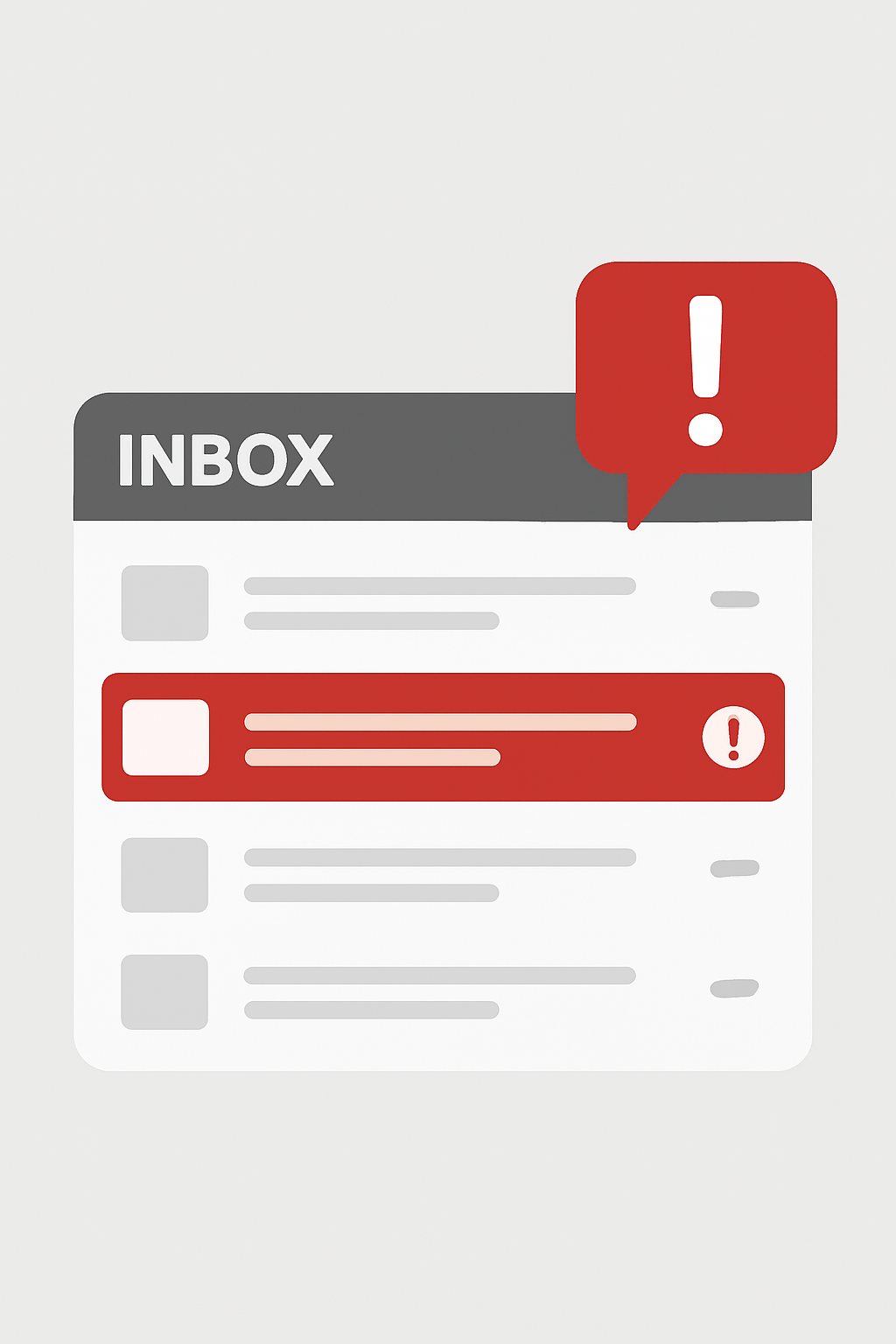




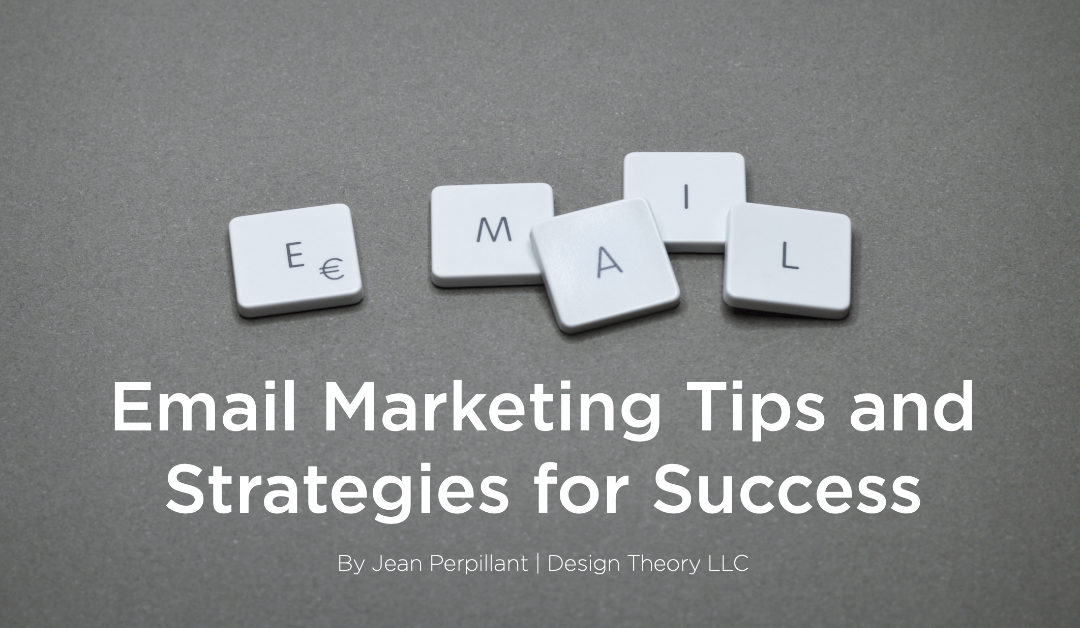
![Increase Your Open Rates With Your Email Marketing [VIDEO]](https://jpdesigntheory.com/wp-content/uploads/2019/08/Mans-finger-on-email-envelope-1080x675.jpg)

